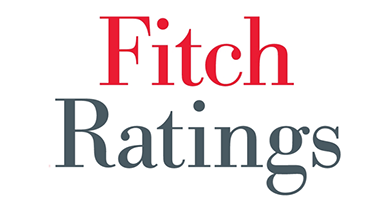According to analysts at Fitch ratings, the Swiss Re Institute has estimated the protection gap between economic losses brought about by natural catastrophes and insured losses totalled around $60 billion in Asia.
 This points to many businesses and households that could be financially devastated by natural disasters.
This points to many businesses and households that could be financially devastated by natural disasters.
The global insurer believes that insuring against these risks would ensure that reinsurance communities can accelerate loss recoveries when disasters strike.
The Swiss Re research has forecasted that climate change will cost Asia 26.5% of gross domestic product (GDP) by 2050 under the most negative ‘business as usual’ scenario, which is the highest regional toll after the Middle East and Africa (27.6%).
Fitchs report shows that a combination of geography and lack of adaptive capacity such as climate mitigation infrastructure means markets like Indonesia, Malaysia, Thailand and the Philippines rank on the low end of the Index, whilst economies such as Japan, Australia, Hong Kong, South Korea and Singapore score relatively well.
In a worst-case scenario, Japan would lose 12% of GDP by mid-century, and Singapore 46.4%, roughly the same proportion as the south-east Asian region.
Fitch has highlighted the importance of Asian reinsurers being equipped with appropriate risk modelling or catastrophe management frameworks to quantify potential natural hazard losses for selection, underwriting, pricing or capital setting.
Reinsurers have seen a notable increase in the number and size of claims with natural disasters becoming more frequent. In addition, reinsurers’ digital transformation and more precise data analysis such as using big data analytics could improve the tools for assessing these risks and developing better risk mitigation.
Catastrophe risk modeller RMS recently launched new climate change models in early 2021 to help its customers assess the near- and long-term impact of climate change on physical assets and their businesses.
This modelling framework incorporates climate science consensus, including data from the Intergovernmental Panel on ClimateChange.
Several Asian reinsurers have also developed their own catastrophe models to capture specific catastrophe risks from their local markets.
Indonesia-based PT Reasuransi MAIPARK has its own catastrophe modelling tool called MAIPARK Catastrophe Model (MCM), which is used for monitoring its earthquake risk exposure.
The model can also provide maps of earthquake zones, including micro-zonation and quantifying premium rates for earthquake insurance in Indonesia.
The company has also been using the model for benchmarking and supplementing other external catastrophe modelling results to perform more accurate modelling due to its comprehensive earthquake risk database.


